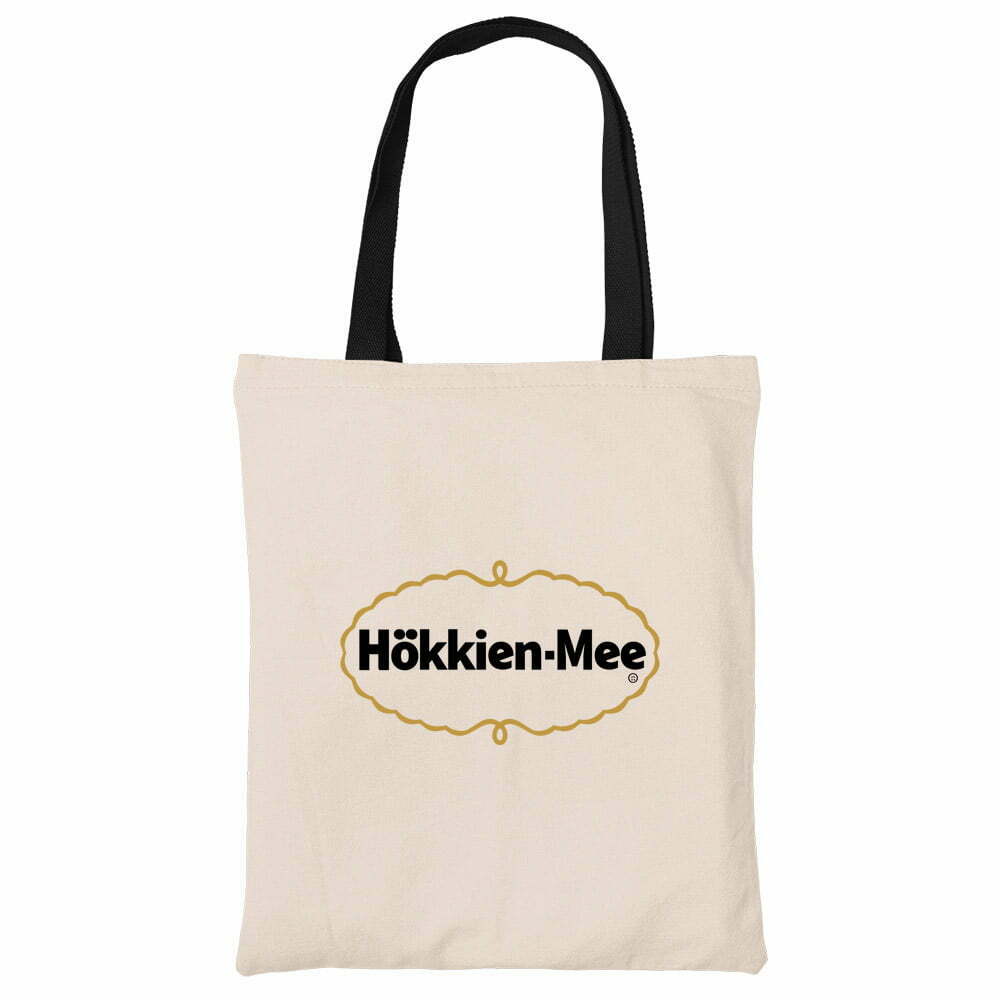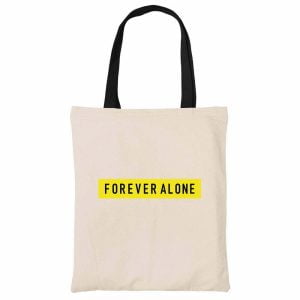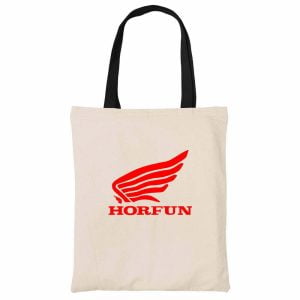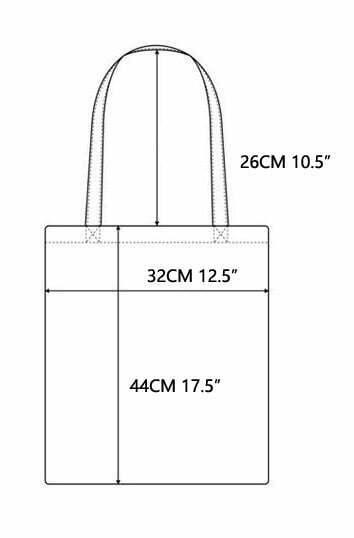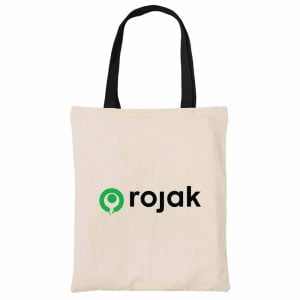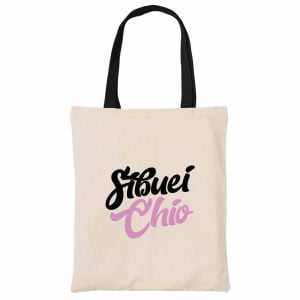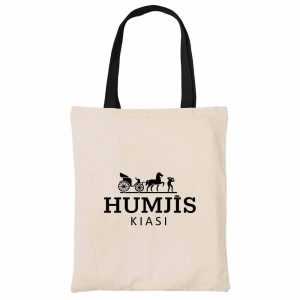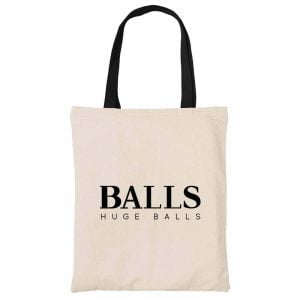What Exactly Is Hokkien Mee?
Ah, Hokkien Mee! Just saying the words brings to mind the sizzling sounds of a wok and the mouth-watering aroma of noodles frying in lard. Hokkien Mee is a beloved Singaporean dish made from a mix of yellow noodles and rice vermicelli, stir-fried with prawns, squid, egg, and pork belly. All this is smothered in a rich, flavorful broth that’s been simmered with prawn heads and shells until it reaches perfection. The result is a plate of noodles that’s as comforting as a warm hug from your Ah Ma (grandmother), but with a lot more flavor and a touch of wok hei (that elusive smoky fragrance).
Where Did Hokkien Mee Come From?
Hokkien Mee didn’t just fall from the sky, though that would be pretty awesome. This dish originated from the Fujian province in China and made its way to Singapore with the Hokkien (Fujianese) immigrants. Here, it underwent a local transformation, blending Chinese culinary techniques with local ingredients. The dish has since become a staple at hawker centers across the island, where each stall owner adds their unique twist, making every plate of Hokkien Mee a new adventure.
Why Do Singaporeans Love Hokkien Mee?
Why do we love Hokkien Mee? The better question is, why wouldn’t we? It’s the ultimate comfort food—rich, savory, and incredibly satisfying. The noodles are perfectly chewy, the seafood is fresh, and the broth is a flavor bomb that ties everything together. Plus, it’s a dish that’s perfect for any time of day. Breakfast, lunch, dinner, or even a midnight snack—Hokkien Mee is always a good idea. And let’s not forget the sambal chili and lime on the side. A little squeeze of lime and a dollop of sambal take this dish to a whole new level of deliciousness.
How Do You Eat Hokkien Mee Without Getting It Everywhere?
Eating Hokkien Mee can be a bit of a challenge, but that’s part of the fun. First, grab your chopsticks and give the noodles a good mix to ensure that the broth coats every strand. Then, pick up a generous portion of noodles, making sure to get some prawns, squid, and pork belly in each bite. Use your spoon to catch any stray bits of broth, because wasting it would be a travesty. And if you get a little messy in the process, just embrace it. A good meal is one that leaves evidence, after all.
Can Hokkien Mee Be Part of a Balanced Diet?
Can Hokkien Mee be part of a balanced diet? Of course! Let’s break it down: the noodles provide carbs for energy, the prawns and squid offer lean protein, and the pork belly gives you those much-needed fats. The broth is made from prawn heads and shells, so it’s practically a seafood-infused vitamin. Okay, maybe that’s stretching it a bit, but the point is, Hokkien Mee is a meal that nourishes both body and soul. Plus, the joy it brings is worth every calorie.
What Makes a Great Hokkien Mee?
A great Hokkien Mee is all about balance and technique. The noodles should be perfectly cooked—soft yet with a bit of bite. The broth needs to be rich and flavorful, with just the right amount of prawn essence. The prawns and squid should be fresh and tender, while the pork belly adds a delightful richness. And let’s not forget the essential condiments: sambal chili for a spicy kick and lime for a tangy burst. When all these elements come together, you’ve got a plate of Hokkien Mee that’s nothing short of magical.
Where Can You Find the Best Hokkien Mee in Singapore?
Singapore is a Hokkien Mee paradise, with countless stalls each claiming to be the best. Head to Chomp Chomp Food Centre or Newton Food Centre for some of the most famous Hokkien Mee stalls. East Coast Lagoon Food Village is another hotspot, with several stalls offering their take on this beloved dish. Each place has its own unique twist, so it’s worth trying a few to find your favorite. No matter where you go, you’re in for a treat.
So, next time you’re in the mood for something savory, rich, and utterly satisfying, skip the salad and dive into a plate of Hokkien Mee. Your taste buds will thank you.

